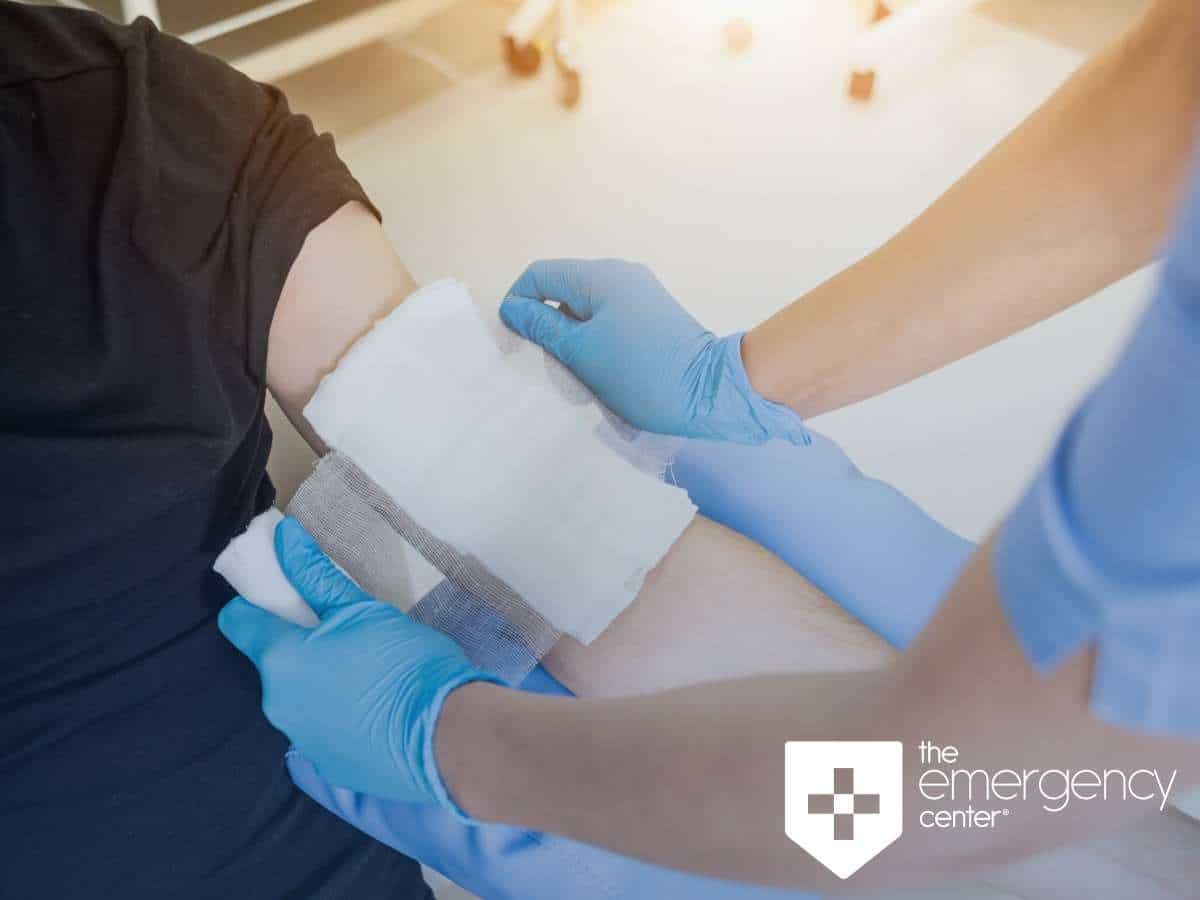1st, 2nd & 3rd Degree Burns: When To Seek Emergency Medical Attention
How Are You Supposed To Respond To Burn Wounds?
First-degree, second-degree and third-degree burns all cause damage to the skin, and in some cases, can lead to more serious health consequences. Skin is made up of three layers. It is the body’s largest organ and among its most sensitive. Knowing the difference between types of burns—and what to watch for—is the first step in knowing how to address them.

First-Degree Burns Will Only Affect The Epidermis
While painful, a first-degree burn is the least serious type of burn as it only affects the outer layer of the body’s skin (epidermis), which does not contain blood vessels. However, even minor burns such as these should still be treated. The epidermis is a first line of defense against many illnesses entering the body, as well as a key part of regulating body temperature.
Common First-Degree Burn Characteristics:
- Does not cause a break in skin
- Reddening of skin
- Sensitive to touch and possibly itchy
- Flaky skin that may peel or slightly swell
- Pain dissipates quickly
Second-Degree Burns Also Impact The Dermis
These burns impact both the epidermis and the second layer of skin (and thickest) called the dermis. The dermis houses the body’s sweat glands and collagen—key to skin’s elasticity—as well as a dense collection of nerve endings, making potential damage more serious.
Common Second-Degree Burn Characteristics:
- Blistering (unbroken or broken appearing as a scab)
- Lasting, serious pain
- Appearing damp like a fresh wound
- Clear edges/skin break
Third-Degree Burns Are The Most Serious Ones
By far the most serious, third-degree burns damage all three layers of skin and present the greatest risk of complication. Ironically, these burns often do not cause significant or ongoing pain because they destroy the very nerve endings that detect pain.
Common Third-Degree Burn Characteristics:
- Damage that visibly goes beyond the top layer of skin
- Appears leathery, charred or pale
- Visible yellow fat tissue in the burn area
- Lack of pain
How Do You Address A Burn Wound?
A trip to The Emergency Center may be in order depending on the type of burn, its size and complicating factors. For instance, most small first-degree burns can be treated at home with a cool compress over the burn and then covering it with petroleum jelly and a bandage. However, if the burn covers a large area of the body (like a bad sunburn) or if it happens to someone at higher risk of complications, such as young children or the elderly, it’s best to seek emergency care.
Most second-degree burns and all suspected third-degree burns warrant a prompt trip to The Emergency Center. Getting care is critical to limiting damage and the potential for serious infection.
Treatment For Burns At The Emergency Center May Include:
- Thorough cleaning and proper dressing of burn
- IV fluids and prescription pain medications
- Prescription antibiotics to prevent infection
- Evaluation and arranging transfer to a certified burn center as needed
Besides infection risk, proper initial care of a burn can play a decisive role in how the burn heals over the long term, including the amount of scarring it may leave. That makes getting burns checked out and treated right critical for both health and aesthetics.

The Emergency Center
San Antonio
11320 Alamo Ranch Pkwy
San Antonio, TX 78253
Phone: 210-485-3644
Conroe
4019 I-45 N,
Conroe, Texas 77304
Phone: 936-247-9457
